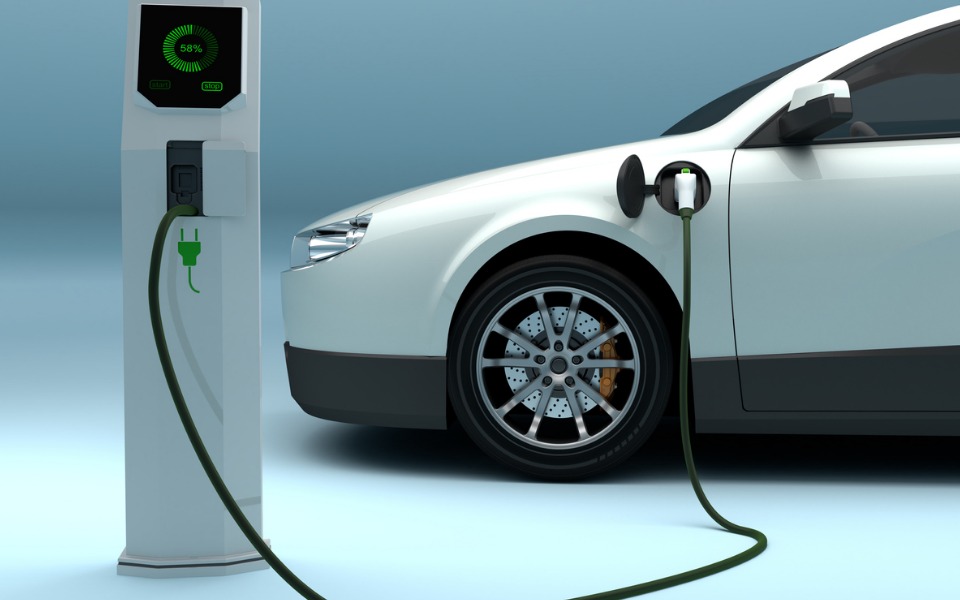
Stakeholders prepare for switch over to electric vehicles

As the ongoing crisis in automobile industry has hastened the process of switching over from internal combustion engines to electric vehicles, car manufacturers, ride-sharing companies and state governments have begun to put together plans for a smooth transition.
Earlier this week, Tata Motors announced Ziptron for personal use shifting its strategy away from taxis and commercial fleet.
Shailesh Chandra, President of Electric mobility business and corporate strategy for Tata Motors said, “The aim was to strengthen the personal segment as otherwise individual car users would start associating an electric car with a taxi. The new platform will have a permanent magnet AC motor and waterproof lithium ion battery.”
State governments of Tamil Nadu, Kerala, Karnataka, Telangana, Andhra Pradesh, Maharashtra, UP and Delhi have either already framed policies or are in the process of framing one to encourage more electric vehicles (EVs) on the roads.
The Union government has moved the GST council seeking reduction in GST rate for EVs from 12% to 5%. Finance Minister Nirmala Sitharaman in her maiden budget has already announced a ₹100 lakh crore plan for infrastructure upgradation. Niti Aayog, in its proposal has insisted that by the year 2030 only e-vehicles should be sold.
A major challenge in the use of an e-vehicle is the lack of adequate charging stations. Ride-sharing company Ola has come out with a solution wherein it would be swapping batteries to save charge time for its EVs.
In a swappable battery system, a discharged battery could be replaced with another battery which is fully charged and is compatible. This eliminates waiting time. Ola has already employed this method to ensure continued mobility of its e-vehicles.
According to a report in Mint, 40% of the total cost of a vehicle is incurred on batteries. Ola started its first EV pilot project in Nagpur in 2017 by providing services to electric cabs, autos and buses. Its subsidiary Ola Electric Mobility set up rooftop solar panels, built charging stations and experimented with battery swapping.
As part of its swapping strategy, the company came up with ‘Mission electric’ project last year which aimed at placing 10,000 EVs on road in 12 months. This would be followed by more ambitious one million EVs by 2021.
Ola Electric Mobility is currently valued at more than a $1 billion. With the market trying to adapt to Electric Vehicles, traditional automakers are also making investments in the company. Hyundai and Kia Motors have invested an undisclosed amount in Ola Electric Mobility. This follows Hyundai, which has invested $300 million in Ola’s parent company ANI technologies.
Ola is not alone in the business. Uber has announced a tie-up with SUN mobility, a Bangalore based battery swapping company to accelerate electric mobility. SUN mobility will provide an infrastructure platform.
Uber has also announced that its drivers will receive charged, swappable batteries as a service, thus reducing overall vehicle buying costs.


